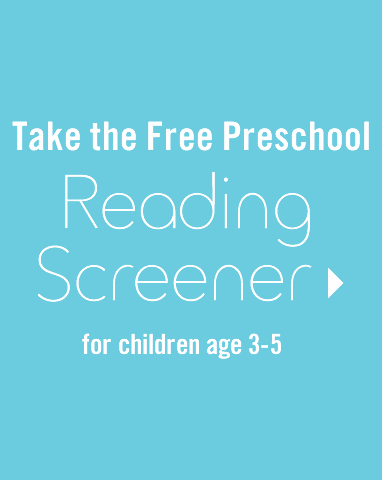If your child is a nature and science lover, this is the book for her! It is a rhyming and counting book with beautiful illustrations, packed with facts about animals that live in the forest and what their footprints look like.
Leo is a little lightning bug who is teased by his friends because he has not yet learned to “light.” His mother is very encouraging and tells him that with practice he will succeed.
Read about a young boy who is very conscientious about his job as a paperboy. He delivers papers early every morning with his dog as a companion.
You can provide inspiration for creative storytelling by just putting some items into a brown paper bag. The idea of opening up a bag to find surprises inside creates mystery and excitement, while the storytelling involves creativity, oral language skills and humor!
Many 4-year-olds love to imitate experiences they’ve seen in real life, and pretend play is a great way for your child to strengthen creativity and oral language skills. In this activity you'll transform your child into the next great chef!
Being able to detect others’ emotions through their facial expressions is a facet of nonverbal communication. This activity is a great way to find and identify facial expressions and leads to conversations about what the causes of certain emotions might be.
Children like to see their names and like to write their names themselves. This activity will seem like magic to your child!
In the early stages of beginning writing, children may make letters incorrectly, but this improves as your child sees his name in print and is offered opportunities to write his name in fun ways. Help your child create a special name sign for his bedroom door with this activity.
Four-year-olds love all sorts of games. We can teach little ones all about segmenting and blending sounds within words long before they learn to read with this fun puppet activity.
When you play simple word games with your 4-year-old, you are teaching him that spoken words are made up of individual sounds and that words can be broken into smaller parts. In this game, your child will learn to listen carefully to the first sound in a word and then “guess your word” by blending the remaining sounds together.








